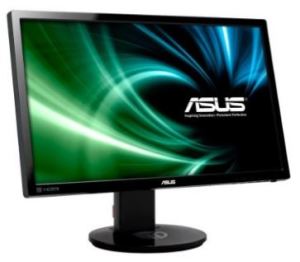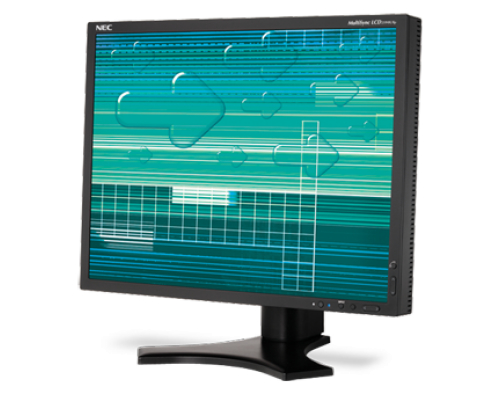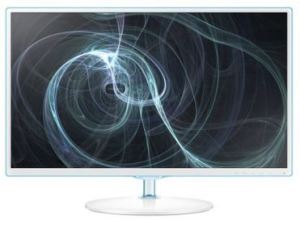Display monitors are very essential part of a PC system. With the right monitor you can have a cinema-life feel for your games, media streaming or graphics designing. With the presence of touchscreen monitors nowadays doing tasks is a breeze. But is it what you need?! What makes a monitor ideal? Below are 4 factors that you should consider whenever you are trying to buy a monitor for your PC.
A VGA input lets you use the monitor with any PC, but the quality may not be quite as good as it is over a DVI or HDMI input. Both are digital connections and require a compatible graphics card but they avoid the need for digital-to-analogue or analogue-to-digital conversions, which can reduce image quality. A digital connection automatically achieves the best picture, so you won’t have to adjust clock or phase settings as you do with an analogue connection. Many DVI and all HDMI connections support HDCP, which lets you watch protected video content, such as Blu-ray movies, on your monitor. DisplayPort is becoming more popular, but you’ll need a graphics card with a DisplayPort output (mini or full-size) to use this input on your monitor. You might also need a 2 monitor stand if you are using a dual monitor.
A basic 24in LCD monitor will cost around $160. It will be fine for typical Windows work, but is likely to have poor viewing angles, so you’ll need to sit straight onto achieve the best picture quality. Color accuracy may not be very good, though.
If you want better picture quality, look for a monitor with a high contrast ratio. The higher the ratio, the whiter the whites and the blacker the blacks. You’ll also be able to see more fine detail in images with high contrast levels. Viewing angles are important, as wider angles mean you don’t have to sit directly in front of the monitor to get the best picture. Wider viewing angles also allow more people to view the screen at the same time. Fast response times reduce ghosting, but don’t bedazzled by the numbers. A response time of 25ms or quicker is fine for all applications.
A larger monitor will be easier on the eye and may have a higher resolution. Most monitors have resolutions of at least 1920×1080 (1080p), which provide lots of room for working with multiple windows at the same time. For even higher resolutions, you’ll need a larger display. Some 27in and 30in screens have a massive 2560×1600 resolution. You’ll need a graphics card with a dual-link DVI output and a dual-link DVI cable or either HDMI or Display Port to use a monitor at this resolution.
As stated above finding the right monitor is not that hard. You just have to know what your preferences are first and ask yourself what kind of monitor you want and the rest will be easy. Due diligence should always be practice whenever buying a monitor or any product for that matter.

